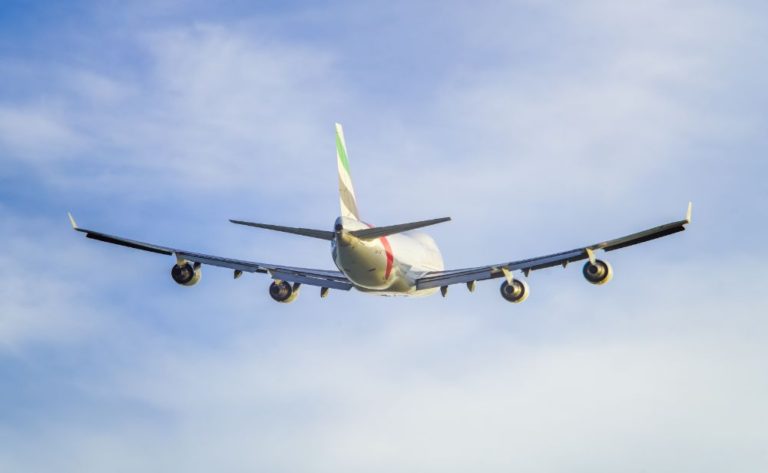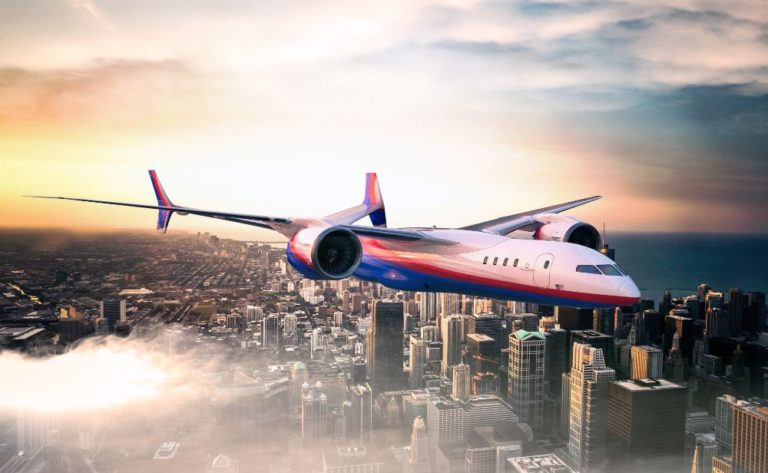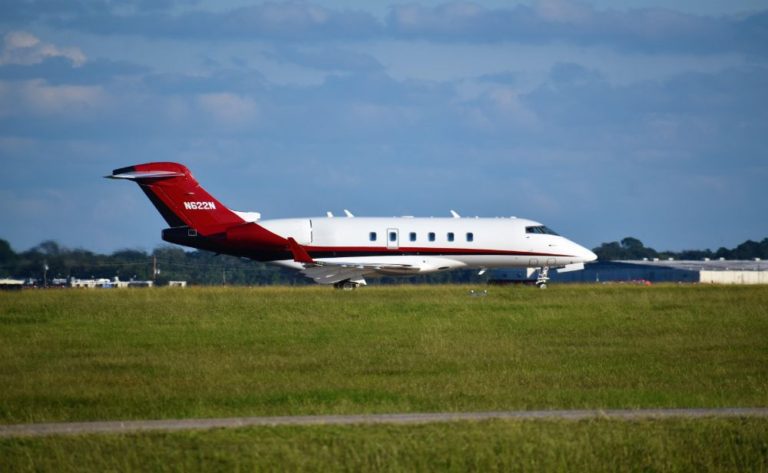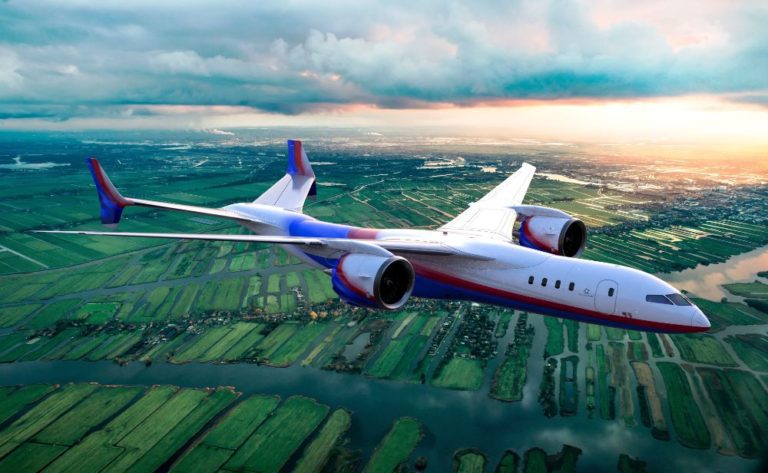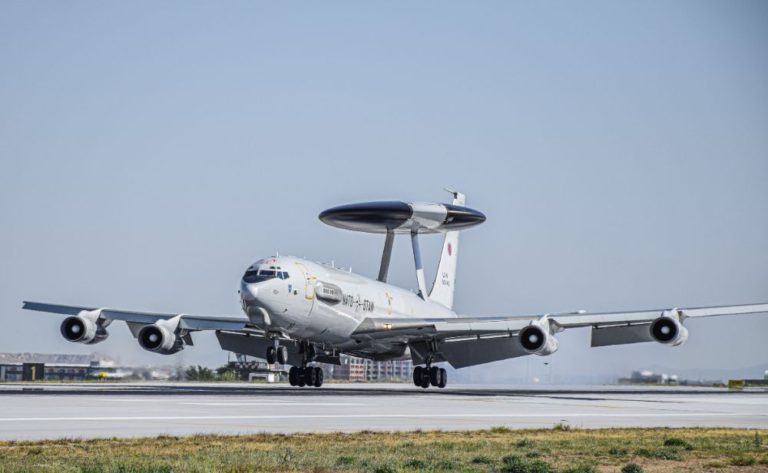Do Private Jets Fly Faster Than Commercial?

Many of us have fantasized about what it would be like to fly around in a private aircraft like a celebrity. There is no question that the level of luxury and convenience offered by private jets is unparalleled. When you fly privately, you won’t have to wait in any lines, which allows you to save time. However, do private jets travel at a faster speed than commercial aircraft?
In a nutshell: Because they fly at greater altitudes, private planes are often capable of reaching their destinations more quickly than commercial jets. The typical size of a private aircraft is far less than that of the majority of commercial planes, which enables it to go at significantly higher speeds.
How quickly do private jets cruise through the air?
In general, private jets are capable of travelling at speeds ranging from 400 to just over 700 miles per hour, with an average cruising speed of approximately 600 miles per hour. The Cessna Citation X is the world’s most powerful and fastest private aircraft, with a top speed of 711 miles per hour. Both the Gulfstream G-650 and the Dassault Falcon 7X are capable of reaching top speeds of 704 and 685 miles per hour, respectively.
When compared to the typical speed of a private jet, the cruising speed of a Boeing 747 is roughly 500 miles per hour, which is a significant decrease. On the other hand, the typical cruising speed of a commercial aircraft might be anything from 460 to 575 miles per hour.
The maximum speed that an aeroplane is capable of reaching is determined by a number of parameters, such as the aircraft’s mass, the altitude, and the temperature. A slower top speed is achieved by an aeroplane that has a greater mass because it generates more drag. To achieve the same rate of acceleration, a larger aeroplane needs more thrust.
The maximum speed that can be achieved increases as the height that the aircraft is flying at increases. However, there is an ideal altitude for getting the best speed, which is why jets move within a particular altitude range when they are in flight.
Additionally, the temperature drops as the altitude of the flight increases. Because of the lower temperatures, maximum thrust is increased, which enables the plane to move at a higher speed.
When compared to the typical size of a commercial airliner, private planes are far more compact. One of the most well-liked models of private aircraft is the Cessna Citation X. The standard seating configuration accommodates up to eight passengers, and the vehicle has a total capacity of eleven.
The Airbus A320 and the Boeing 737 are tied for first place as the world’s most common types of commercial aeroplanes. The normal seating capacity of each aircraft is up to 160 passengers, while both aircraft have maximum capacities of around 180 passengers.
When compared to commercial aircraft, private jets are significantly more compact. Additionally, they may reach higher altitudes while in flight, which results in increased top speeds.
At what altitudes do private jets travel?
41,000 feet in altitude is the normal cruising height for private jets. Commercial aeroplanes often cruise at lower altitudes, anywhere from 31,000 to 38,000 feet above ground level.
When compared to the typical private jet, commercial aircraft are known to be significantly heavier. The air grows thinner at greater altitudes, which results in less resistance for the plane to overcome as it continues to fly across the sky. Flying at an altitude that is too high also poses a threat to passengers’ safety because it takes longer to descend to a level that is considered safe in the event of an emergency.
Because of their lower weight, private jets are able to reach higher altitudes without risk. By ascending to a higher altitude, private jets can be kept out of the same airspace as commercial routes, which makes it simpler for civil aviation authorities to monitor and control the flow of air traffic.
Private helicopters and aeroplanes with a single engine travel at altitudes that are far lower than those flown by private and commercial jets. Single-engine aircraft and helicopters do not have the power or the life support equipment necessary to fly to altitudes of tens of thousands of feet or higher.
As a result of the smaller atmosphere holding less oxygen, breathing becomes more difficult. At altitudes below 12,500 feet, the aircraft does not require supplemental oxygen. When flying at an altitude of 12,500 to 14,000 feet or higher for more than 30 minutes, the aircraft is required to offer supplemental oxygen to both the passengers and the crew.
Pressurization devices are standard on both commercial and private jets so that passengers may remain comfortable despite the thinner air. When the jet reaches an altitude of 8,000 feet, the cabin is normally pressurised at that point.
Do Private Jets Make International Flights?
Private jets are able to travel to other countries. However, in comparison to domestic travel, travelling overseas requires a greater amount of planning. Before leaving the country of origin, passengers are required to obtain clearance from the immigration service of the country to which they are travelling. Additionally, the firm that is handling the private flight needs to have clearance for the aircraft from the airport that it will be arriving at.
For foreign flights, customers flying on private jets chartered by some companies are expected to offer a notice period of at least two days in advance. However, there are certain organisations that simply need a few hours to organise flights to international destinations.
Which Commercial Airline Has the Fastest Plane?
The Boeing 787 Dreamliner is currently the commercial airliner that holds the record for the fastest cruise speed. It has a top speed of 776 miles per hour. However, its normal cruising speed is somewhere about 560 miles per hour.
The Boeing 777, which has a maximum speed of 745 miles per hour, is the world’s second-fastest commercial aeroplane. After it comes the Boeing 747-400 and the Airbus A380 in close pursuit.
Which Private Jet Has the Capability of Flying the Farthest Distance?
With a maximum range of 9,091 miles (7,900 nautical miles) and a cruising speed of around 850 miles per hour, the Bombardier Global 8000 is a private long-range jet manufactured by Bombardier.
The Gulfstream G650ER had the distinction of being the aircraft that had the longest range prior to the introduction of the Bombardier Global 8000. It has a maximum range of around 8,630 miles, according to estimates.
While the Dassault Falcon 8X and the Gulfstream G550 have a range that is greater than 8,000 miles, the Bombardier Global 6000 has a range that is slightly less than 7,000 miles. However, the typical range of a private jet is only 2,500 miles because they typically have a smaller capacity for fuel than commercial jets.
Are Two Pilots Always Required for Private Jets?
The Federal Aviation Administration (FAA) mandates that a private jet must have a minimum of two pilots on board if it weighs more than 12,500 pounds. The FAA mandates that all commercial and private jets must have a minimum of two pilots at all times.
There is, however, a loophole for the two-pilot requirement thanks to the FAA. If an individual rather than a charter firm owns and operates a private aircraft, and if the jet weighs less than 12,500 pounds, the owner of the jet may certify that it can be flown by a single pilot.
Is It Safe to Fly in Private Jets?
The operators of private jets are required to adhere to the stringent laws that govern air transport. Technology advancements have also contributed to an enhancement in the safety of private jets. In general, travelling via private aircraft is a risk-free mode of transportation.
Airplane crashes are infrequent occurrences. The vast majority of incidents that take place on the runway do not result in any fatalities. The vast majority of fatal accidents involve single-engine aircraft, rather than the larger private and commercial jets that are commonly thought of.
